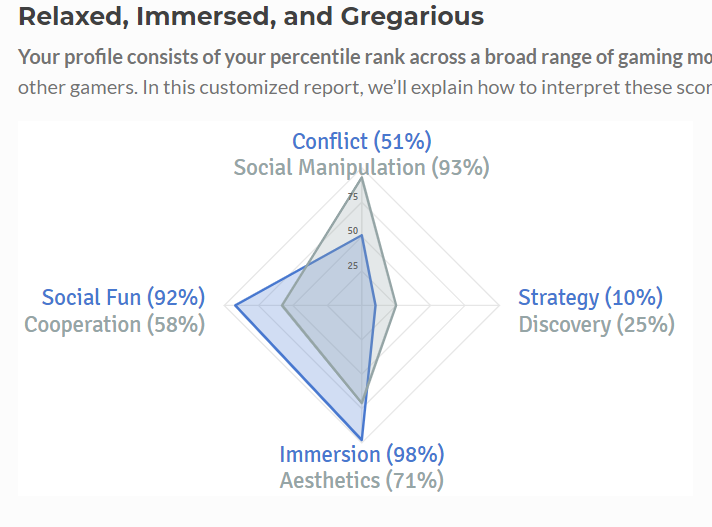I was sitting in Armstrong back in early March when I saw an advertisement for the Western Center. They were looking for people to join their Metamorphosis Alpha roleplaying game, so I figured I would throw my hat in the ring. The DM of the group was The Western Center Coordinator, Billy Simms. We set up a time to make my character and explain how the game works.
Metamorphosis Alpha is a D6 system set in the far future when humanity has left earth and lives on a gigantic spaceship. This ship has been drifting around a radioactive black hole for thousands of years, causing the humans to mutate into horrifying monsters that now roam the ship. My character was one of the lucky humans frozen in cryosleep and protected from a majority of the radiation. He was woken up and tossed into a vast wilderness section of the ship armed only with a plasma rifle and a knife. The party later discovered this area to be an old zoo. My character is named Atom, a moniker he gave himself after realizing he could adjust the space between his molecules, which grants him the ability to grow and shrink. Characters in Metamorphosis Alpha have eleven skills ranging from amazing to hopeless. The standard role in using a skill is d6, with a certain number of successes needed for the overall action to succeed. An amazing skill adds 3d6, a good skill adds 2d6, a competent skill adds 1d6, a weak skill subtracts 1d6, and finally, characters cannot attempt hopeless skills. Atom was a sniper and mechanic back on earth, so he was disciplined, knew a lot about technology, good with a rifle, and constantly alert.
Since I joined midway through the semester, Atom first appeared as a threat to the adventuring party. He guarded a swan bridge and thought the party was his next target. Out of the bushes walked a humanoid venus flytrap (think the piranha plant from Super Smash Bros), an owl holding a futurist tablet, and a Gila monster wielding a vibrosword. The negotiations were tense, but they won over Atom with clever wordplay. From then on, Atom journeyed with the party battling mutated armadillos, robotic zookeepers, a holographic dinosaur, and a totalitarian turtle bent on taking over the zoo.
I had such a good time that I decided to keep coming back each week until we wrapped up during finals week. This semester has been a really stressful one and so sitting down at my computer on Tuesdays from 2:30-4 and laughing with a bunch of people I’ve never met before helped me not get lost in the isolation that covid brought with it. Playing online RPGs like Metamorphosis Alpha has been an essential part of my Covid isolation survival, and I bet lots of other people felt the same way.


